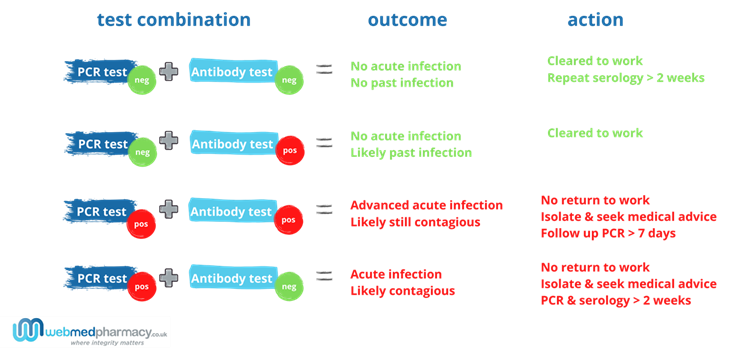
Forward planning and mitigating Covid-19 risk for businesses
The return to work presents a major challenge for employers, employees and their families.
The inability to identify coronavirus infections will have a significant impact in the work place resulting in staff absences and reduced economic productivity. Protecting workers and their families from the risk of infection needs to be a top priority for all employers.
The Problem
Many people can have the virus but not show any symptoms. This means they can infect people around them unknowingly.
The relaxation of isolation measures will result in clusters and spikes of infection. This will present a challenge in being able to distinguish common cold and flu symptoms from those of coronavirus
The application of measures such as sanitation and social distancing inside offices and factories may not be sufficient to ensure the safety of workers and customers and in some environments may be very expensive or not possible.
The Solution
Regular testing in the work place will help to maintain a COVID-19 protected environment
Webmed Pharmacy are offering the swab test to detect a active current infection and the antibodies test that detects if you have had the infection. The antibodies test is a blood test and requires a venous sample to be taken by a healthcare professional which we can arrange at any location nationwide. The nurse can also make the swab tests if required, or they can be posted out to the individual or nominated person for distribution, self sampling and return in a pre-paid envelope to the UKAS accredited lab.
The results will be emailed within 36 - 48 hrs of the lab receiving the sample. The tests are CE marked and NHS approved.
Contact: team@webmedpahramacy.co.uk; T: 0161 491 1899
Check out the COVID-19 tests.
Develop a testing policy, as part of a wider return to work health and safety policy, which might include:
- Identify groups of key workers to your business, if they cannot work from home and need to return to work. Prioritise the order that they need to return and stagger the return dates or rotate the days that they attend their place of work to avoid them returning all together.
- Test all key workers 2 -3 days prior to their return date using the “Traffic Light Approach” as above.
- All employees attending work should have their temperature taken daily, preferably at the point of entry to the work place. If their temperature is 37.8⁰ C (100⁰ F) or more, then they should get tested.
This should be preferably non-contact monitoring. A normal body temperature range is 36.1⁰ C (97⁰ F) to 37.2⁰ C (99⁰ F).
If you have a temperature of 37.8⁰ C (100⁰ F) – Get tested.
- Any employee who displays symptoms should immediately leave the work place and undergo a test
- Planning in advance where tests will be conducted and whether this will be through a government scheme or arranged privately and paid for by the employer
- Consider what steps need to be taken and properly understand the implications
Appoint a person in the management team to be responsible for staying on top of the detail of any Government or official guidance and adapt quickly in response to any changes
- Informing relevant members of staff that an employee has tested positive
Arrange for anyone who has been working with them or who has come into contact with them and anyone else who is experiencing symptoms to have a test as soon as possible. Notify any third party with whom the employee had contact with so they can take the appropriate action
- Ensure that the workplace / office occupied by the employee who tested positive is thoroughly cleaned and disinfected
We are putting forward these ideas for discussion and in the spirit of enabling employers to develop their plans for returning to the office. As each workplace is set up differently, it is important for each employer to consider carefully the appropriate plans that need to be put in place to protect their workforce – a one size fits all approach is unlikely to be appropriate in these circumstances. Employers should ensure that they take reasonable efforts to keep up to date with the public health advice, government advice and health and safety advice which is available at any given time.